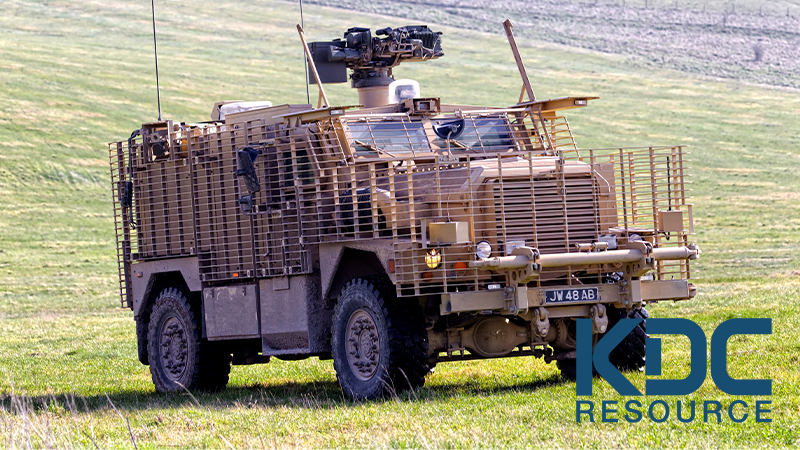

The UK Ministry of Defence relies on several key vehicle platforms. While it was announced in 2020 that the Royal Army will continue with its Land Environment Fleet Optimisation Plan, which would involve retiring its legacy fleets, it also awarded an upgrade contract in May 2020.
This £7 million contract will upgrade the Ridgback and Mastiff models for use in Mali, Africa. Led by NP Aerospace along with Universal Fabrications, Horstman Defence Systems, Texelis, Tyron, Timoney, and HORIBA-MIRA, the project will introduce several key features to improve the safety of soldiers.
The new contract covers 12 Mastiff and Ridgback vehicles along with their spares. Importantly, upgrading the vehicles in this way minimises delivery timescales, meaning the vehicles will be ready for combat much faster than usual. In fact, the first lot of vehicles were ready for use in only 80 days. But what major changes is NP Aerospace making to the Ridgback and Mastiff models?
One important upgrade is to the vehicle’s suspension with ride height control. Along with making the ride smoother over rough terrain, this will improve vehicle longevity and reduce vibration for passengers. In turn, this will reduce soldier fatigue, allowing them to remain more alert while on reconnaissance and patrol missions.
The vehicles’ driveline and steering have also seen upgrades. Considering these are large armoured vehicles, having the ability to manoeuvre them better and pull off quicker will be of great benefit in difficult situations.
Tyres will see an upgrade, too. Primarily, NP Aerospace will install tyres with a larger diameter, which will be helpful in rougher terrain. Perhaps one of the most interesting upgrades is the central tyre inflation system. In short, this will allow the tyres to be reinflated if they get shot while in use.
Along with these specifically mentioned upgrades, work will include upgrading the communication systems and adjusting the armour to meet specific threats. Of course, these sorts of upgrades are much more confidential than the more general body upgrades.
As mentioned, NP Aerospace has specifically focused on keeping delivery time as short as possible. One of the key factors behind this is their use of “off the shelf” components, which has also helped to keep the cost down. Importantly, too, upgrading existing vehicles allows the MoD to tackle new combat environments without developing entirely new land vehicles. The Mastiff and Ridgback both serve their purposes well, and so there is little point in creating a similar vehicle for a slightly different location.
All of these upgrades will vastly improve the safety of soldiers serving in Mali. Although the Mastiff and Ridgback rose to prominence in Afghanistan and Iraq, their use in Mali requires slightly different operational capabilities. Along with this, armoury and vehicles systems have improved since their introduction, so it is an appropriate time to upgrade. The British deployment in Mali is part of a UN peacekeeping mission, and it is hopeful that the new upgraded vehicles will serve them well.